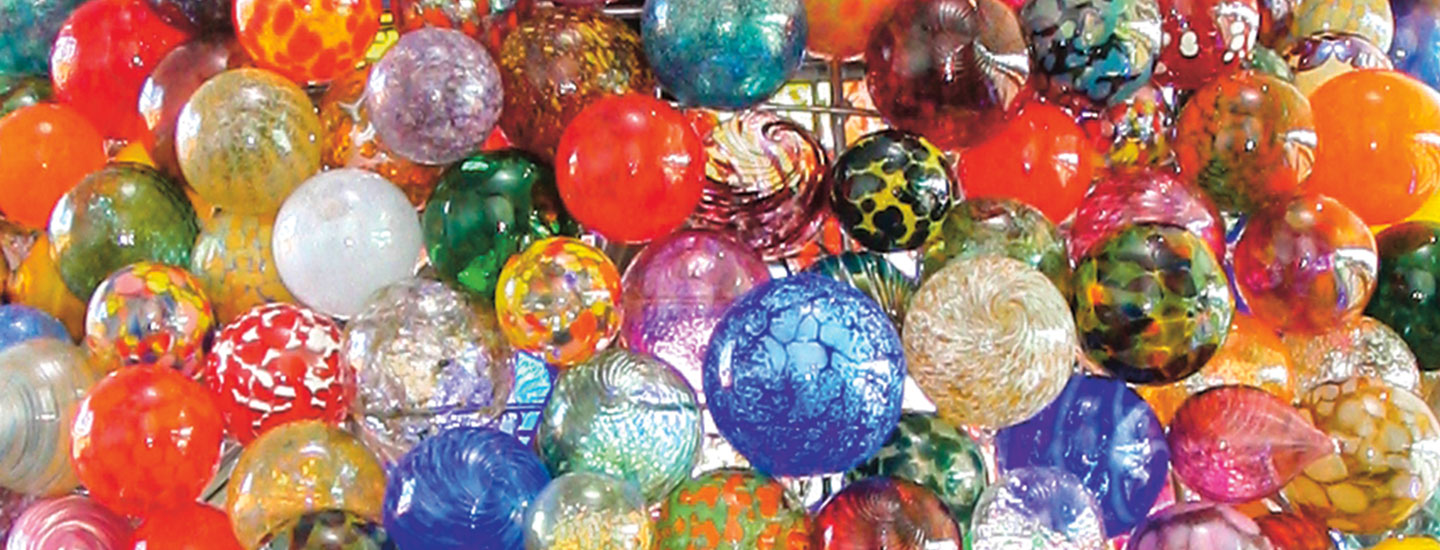Eric Goldschmidt knew he had a calling for working with flames. He started working as a candlemaker. But watching a glassblowing demonstration changed his life. He took classes at the Corning Museum of Glass (CMoG) to learn the trade. Eventually he became a resident glass artist. Now Goldschmidt shows others how to make glittering glass objects, like holiday ornaments!
Eric Goldschmidt knew he had a calling for working with flames. He started working as a candlemaker. But watching a glassblowing demonstration changed his life. He took classes at the Corning Museum of Glass (CMoG) to learn the trade. Eventually he became a resident glass artist. Now Goldschmidt shows others how to make glittering glass objects, like holiday ornaments!

